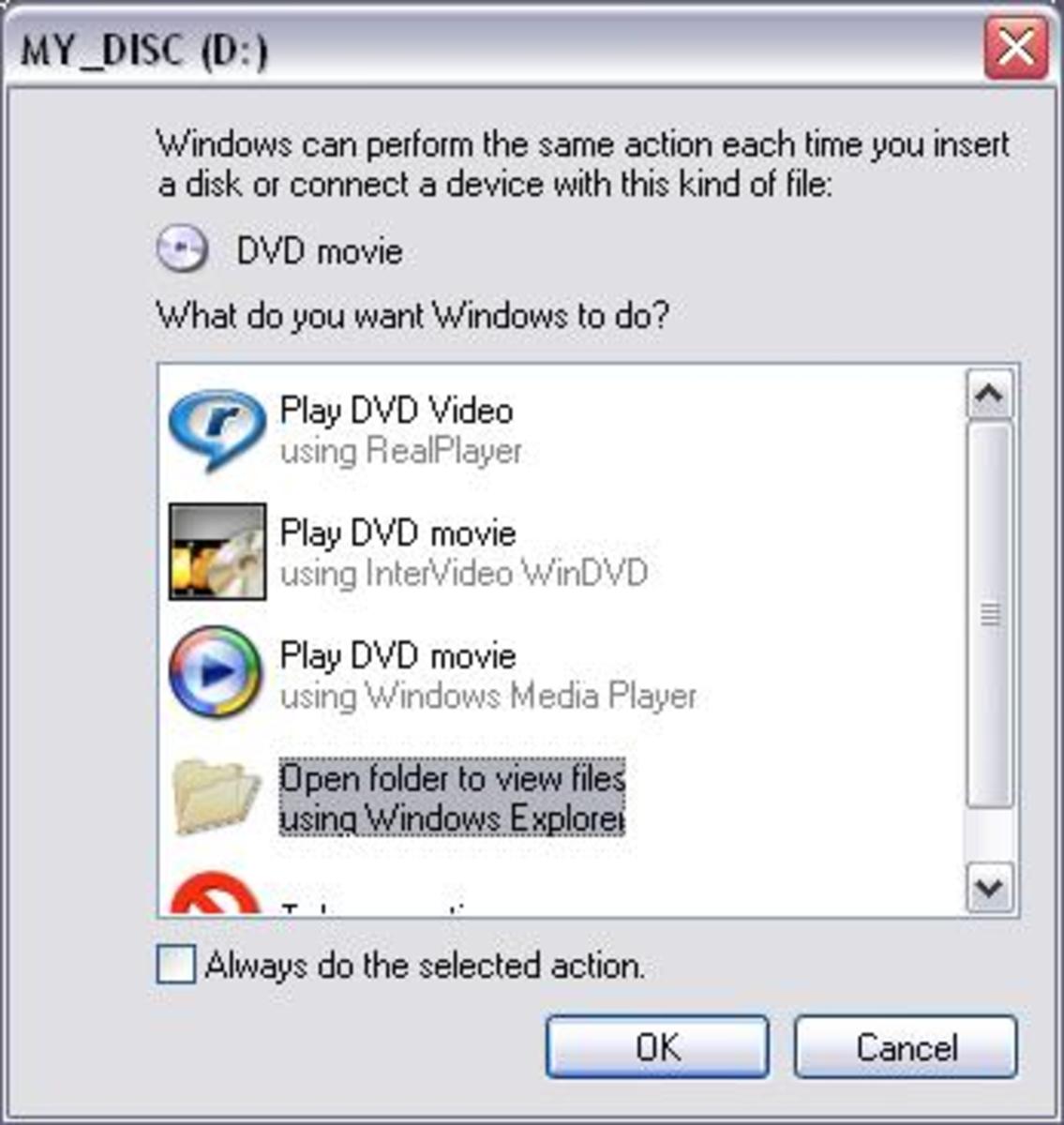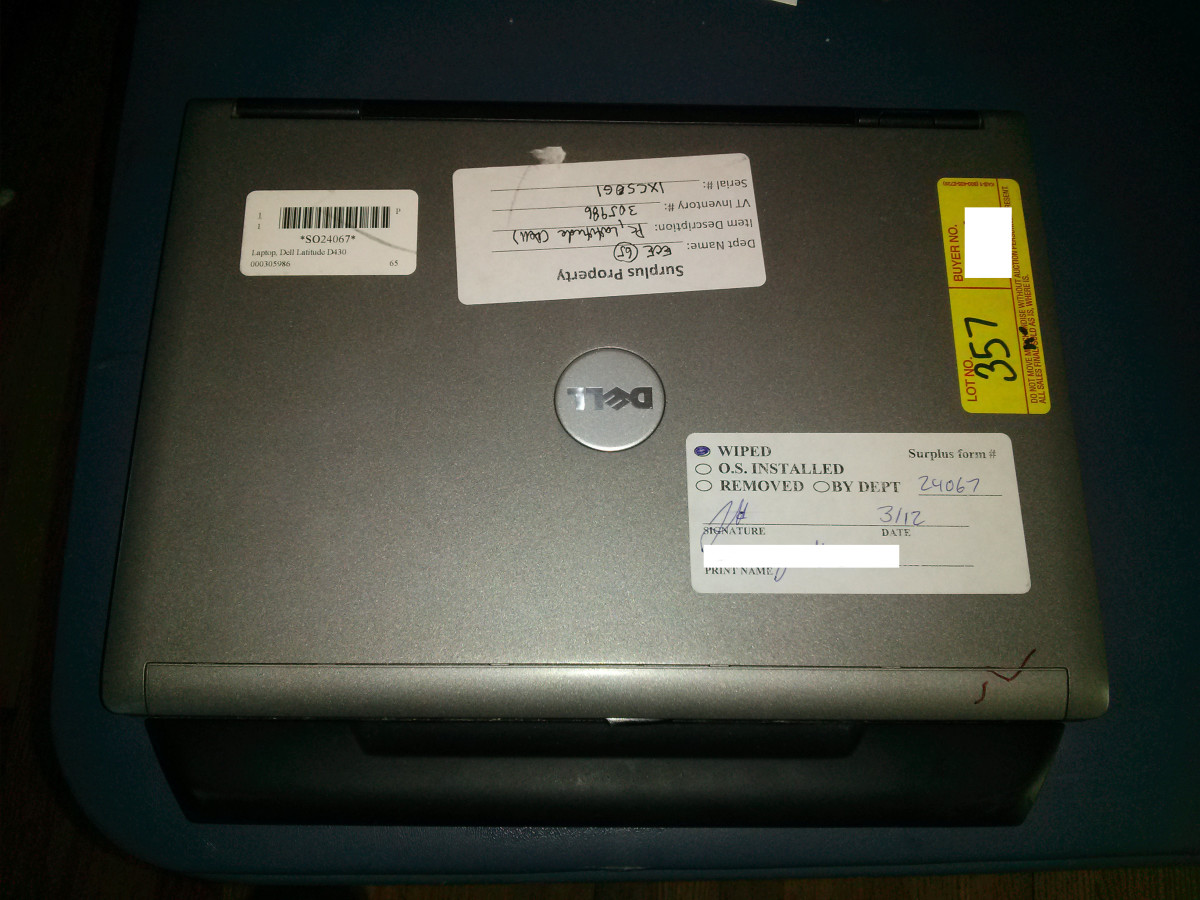Preventing Drive-By Downloads
The old rule of "don't download that!" no longer applies to the internet these days.
Now you can visit any legitimate website and in under 10 seconds you can be infected with dozens of system crippling viruses automatically.
In this hub I'm going to show you how to prevent ANY virus infection that may come from the internet. You'll be able to visit any website without ever having to worry about getting infected with something.
Why Drive-By Downloads are So Hard to Prevent
Preventing Drive-By Downloads is a difficult and almost impossible task for the average (even above average) PC user.
Why is that anyway?
98% of the population uses signature based anti-virus. Signature based anti-virus relies on updates that are usually distributed once a day, not nearly quick enough to effectively protect your PC from threats that emerge literally every second.
Basically this means that malware distributors can upload new malware to compromised websites that are almost guaranteed to infect thousands of people as soon as they visit those infected websites (even though they have anti-virus installed on their computers).
The 3 Step (Free) Solution For Preventing Drive-By Downloads
Preventing Drive-By downloads is really as simple as 1-2-3. No matter what websites you go to or how often you visit them you can stay protected by
- Installing Antivirus - Free Antivirus will do (see step 1 below for details).
- Performing Windows Updates (see step 2 for details).
- Browsing the Internet via a Sandboxed Web Browser (see step 3 for details).
Step 1 - Get Anti-Virus
Believe it or not Antivirus is NOT the most important step in preventing Drive-By downloads, however it is necessary component. You have the choice between paid antivirus:
- Norton Internet Security
- Kaspersky Internet Security
- McAfee Internet Security
and free antivirus:
- AVG Free Antivirus
- Avast Antivirus (free)
- Avira AntiVir (free)
It's really up to you. Usually free antivirus is more than enough.
Install your antivirus and give it about an hour to completely update itself (over your broadband internet connection). You do not need to configure the antivirus, the default configuration will do.
Step 2 - Do Your Windows Updates!
Windows updates are one of the most important things you can do to protect your computer from viruses (malware). Almost all viruses depend on a Windows computer that is missing at least 1 critical security update (a.k.a - patches). You can check to make sure you're completely patched by going to:
http://windowsupdate.microsoft.com
If you're running Windows Vista or Windows 7 your most important updates will be downloaded and installed automatically, however if you're running Windows XP you will have to run a complete scan for any missing patches. Make sure you install EVERY patch and then reboot.
Step 3 - Browse from the Sandbox
You're probably saying..."huh, what's a sandbox???".
Simply put, it's an area isolated from the rest of your computer. Anything that gets downloaded to the sandbox stays in the sandbox...no exceptions...no infections! You may not realize it, but every-time you visit a website you download temporary files automatically, this is how so many people are getting infected with viruses.
However, if you're browsing the Internet with a sandboxed web browser all those files that get downloaded automatically (including the viruses) get isolated and subsequently destroyed. Sandboxed web browsing is the key to staying virus free.
Now, I'm going to show you how to install and configure Sandboxie step-by-step:
- Download Sandboxie from the following URL http://www.sandboxie.com/index.php?DownloadSandboxie
Install Sandboxie by double clicking the file you just downloaded. Follow the default prompts and installation paths.
- Once you have installed Sandboxie you may be prompted to reboot. If you're not prompted to reboot then you should notice a shortcut on your desktop called "Run Web browser sandboxed". Double clicking this would open your default web browser in a sandbox. The web browser would look and act just like your internet explorer (or firefox) however anything downloaded automatically is isolated from the rest of your operating system, thus keeping you virus free.
-
Now that we have Sandboxie installed it's time to turn on a VERY important setting. Basically we want Sandboxie to destroy the contents of the default Sandbox every time we close the Sandboxed web browser.
Click start (or the Windows globe on the bottom left).
Click All Programs.
Click Sandboxie and then click Sandboxie control.
At the top of the Sandboxie control menu click Sandbox, Default Box, Sandbox Settings.
Click Delete and then click "invocation".
Select the first checkbox "automatically delete contents of sandbox".
Click apply and click OK.
Sandboxie is now configured and ready for you to start using it.
Using Sandboxie is easy. Just double click the "Run Web browser sandboxed" on your desktop and browse the internet just as you normally would...except...you don't have to worry about those evil drive-by downloads any longer. You can download as many viruses (and other malware) as want, but the moment you close your Sandboxed web browser those viruses are destroyed along with anything else in the Sandbox.
My Sandboxie Review Part1
My Sandboxie Review Part 2
My Sandboxie Review Part 3
My 3 other sites
- ITandStuff.com | Information Technology and Anything Else Geeks Like!
- Remove-Malware.com -How To Remove Malware and Protect Your PC for Free
Anti-virus Reviews For 2011. Find out which anti-malware applications are worth your money and which are not. Learn how to remove any virus for free and keep your computer secure against today's threats. - st. lous computer repair





